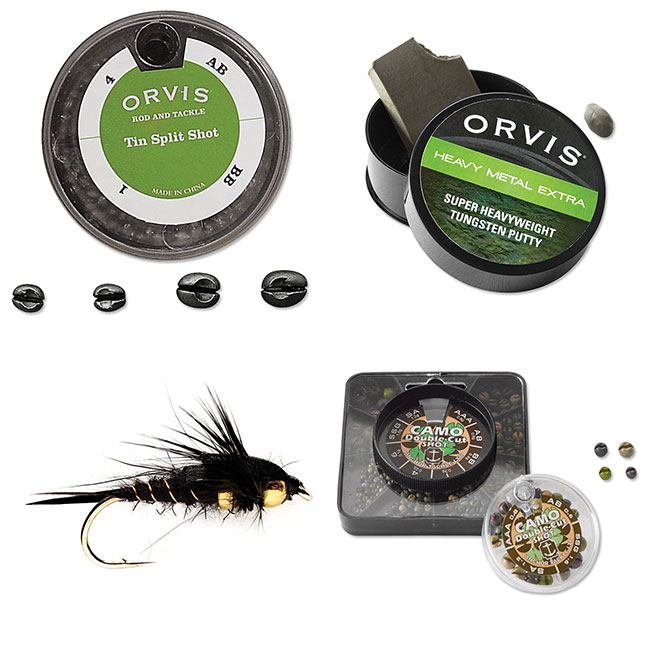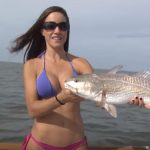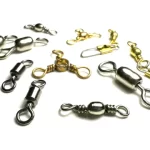In the realm of fly fishing, the strategic use of split shot can significantly enhance your chances of success. Whether you’re targeting trout in mountain streams or bass in river eddies, understanding how to select the right amount and size of split shot is crucial for effectively presenting your flies at the desired depth.
The Basics of Split Shot Fishing
Determining the appropriate amount and size of split shot involves a blend of experience, observation, and adaptability. Here are some expert tips from seasoned anglers to guide you through the process:
1. Assess Your Fishing Situation
Before adding any split shot to your rig, carefully evaluate the conditions you’re fishing in. Consider factors such as water depth, current speed, and the weight of your flies. These variables will inform your decision on how much weight you need to effectively reach your target depth.
2. Start Light and Adjust
Begin with a conservative amount of split shot and gradually add more as needed. It’s often better to start light and make adjustments based on your observations. If your flies aren’t sinking to the desired depth or aren’t getting any strikes, consider adding more weight.
3. Use Larger Split Shot
Instead of cluttering your leader with multiple small split shots, opt for larger ones (#4 or #3) when possible. Not only are they easier to cast, but they also provide more stability and are simpler to adjust.

4. Aim for Consistent Bottom Contact
The goal is to achieve occasional contact with the bottom without constantly getting snagged. Adjust the amount of split shot until you find the right balance where your flies are riding just above the riverbed.
5. Experiment with Alternative Weighting Options
Consider alternative weighting options, such as reusable non-toxic tungsten putty. Tungsten putty offers versatility in shaping and placement, reducing the risk of snagging and providing more control over your presentation.
6. Stay Adaptable
Fishing conditions can change rapidly, so remain flexible in your approach. Continuously monitor your setup and be prepared to make adjustments based on feedback from your casts and strikes.
Ultimately, mastering the art of using split shot in fly fishing requires a combination of skill, intuition, and experimentation. By applying these expert tips and techniques, you’ll be better equipped to optimize your rig for success in diverse fishing scenarios. So, next time you hit the water, remember to fine-tune your split shot strategy and watch your fly fishing game reach new heights!
Images/Source: NewsOrvis





